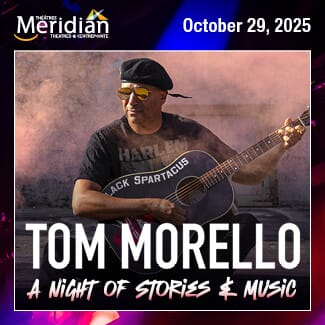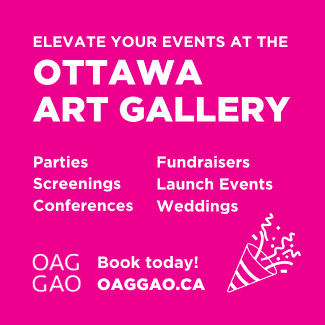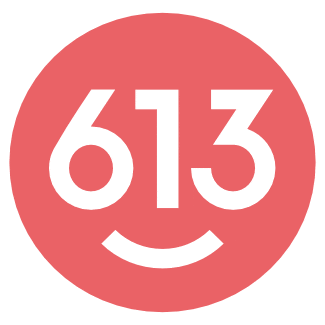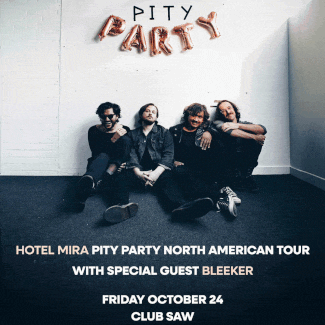“Everything is tied together with the idea of sound, song, listening,” says Ottawa-based artist Laura Taler of her new work, MONAHAN.
Commissioned by the City of Ottawa Public Art Program, MONAHAN is a piece of public sound art that combines auditory media, nature, and technical innovation to create a unique 20-minute listening experience with each visit.

MONAHAN sign at the Monahan Wetlands. Photo taken by Laura Taler.
How? The work uses an algorithm to create a personalized arrangement from a collection of 173 sound clips related to the life and history of the Wetlands. From the rustling of leaves to thought-provoking poetry, the clips are re-chosen and re-ordered each time the piece is accessed.
Head over to Ottawa’s Monahan Wetlands (or Monahan Drain) where the Taler’s work now rests permanently and scan any QR codes along the site’s meandering paths using a smart device. Once directed to the MONAHAN website, press “Begin” to be ushered onto your personalized sound journey.
Your arrangement might depart from the serene song of birds to a sobering poem about the region’s colonial past. Alternatively, it might go from the singing of Carmel Whittle–a cultural community artist, activist, filmmaker, musician and member of the Thunderbird Sisters Collective–to a potentially tense moment between a dog and a Canada goose (undoubtedly relatable to Ottawa pet owners).
Unable to get to the physical site but itching to enter into this symposium of plant, animal, and human-made sound? No problem! You can access the piece anytime from anywhere by typing https://monahanpublicart.ca/ into your web browser.

QR code plaques on the bench at the Monahan Wetlands. Photo taken by Laura Taler.
An award-winning artist with a background in dance and choreography, Taler began brainstorming her project in 2020 following the Public Art Program’s initial call for a lasting, public piece of art that would complement the Wetlands.
When asked about her decision to explore an aural, as opposed to a visual, art form, she explains that whereas “the goal of public art is to have things as solid as unchangeable as possible,” she wanted to create a piece of public art that always changed.
“Nature is really about change and shifts,” says Taler, “I didn’t want to make a big footprint, I wanted to make something that was very light, that would allow you to look at the landscape and pay attention to the landscape, pay attention to the details.”
After visiting the site early in her research, Taler says opting for sound over structure would allow her to achieve her artistic vision.
Hinging on a melee of shifting sounds, MONAHAN delicately invites listeners to embrace change while maintaining permanence. The variety of insect, human, plant and animal voices reveal the site’s beauty, diversity, and ever-shifting nature in equal measure. The sounds captured here and transmitted to curious ears might impact visitors in ways that extend beyond appreciation. Keenly aware of relationships between what we hear, bodily rhythms, and the rhythm of the brain, the artist explains that while the piece is transmitted through the ear, “it vibrates your whole body.”
In an era that privileges the fast-paced, digital, and visual, her piece’s invitation to cultivate patient and intentional listening may be more important than ever.
“I find in our society we’re so ocular-centric—everything’s visual. We look at our phones, we’re looking at images, of course, we listen to a lot of music, we listen to podcasts, but there’s something about a certain type of more attentive patient listening that is really important to everything—to our health and wellbeing, to our relationships with each other and the other beings in the world, that we learn to take a break, to stop, to listen.”

Laura Taler recording audio with a binaural microphone at the Monahan Wetlands, photo: Charlotte Frank
To bring her vision to life, Taler teamed up with over 30 contributors—from artists, filmmakers, and activists to scientists specializing in botany, medical biochemistry, and more.
While certain contributors were recruited through a prior acquaintance, many others agreed to come aboard after hearing her pitch for the piece.
“There were some people whose work I knew already and admired and I asked them to contribute,” the artist explains, “most people said yes.”
Contributors were given the option to select ideal pieces from existing bodies of work or to create new poetry, prose, and sounds specifically for the project—many of which were recorded on-site!
Of course, this is not to mention MONAHAN’s many non-human contributors—the various species who also star in the work, like the meadowlark, the common drone fly, and the red-belted bumblebee.
Information about the project’s human contributors is provided directly on MONAHAN’s website. For more about MONAHAN’s non-human contributors, the webpage links to iNaturalist, an online catalogue where local community members have identified the nearly 400 species that call the Wetlands home.
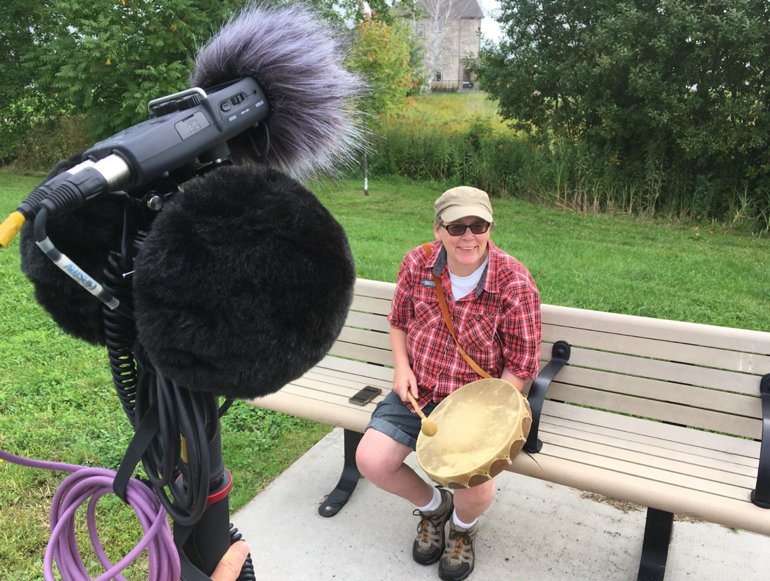
Carmel Whittle singing and playing a hand drum at the Monahan Wetlands. Photo taken by Laura Taler.
Regarding takeaways, Taler recapitulates the importance of “paying attention with generosity” as “something that’s really important in our world.” To this end, she hopes MONAHAN will help listeners appreciate the constancy of change as they immerse themselves in the richness and diversity of the Wetlands through an unconventional and powerful medium.
Her work is now and will forever be available for public eyes and more importantly, ears, inviting appreciation of the site on which it stands and, perhaps, a deeper consideration of our relationship with the natural world.
MONAHAN is situated on the traditional unceded territory of the Anishinabe Algonquin Nation. It is a permanent piece of public art that listeners can access at any time at https://monahanpublicart.ca/ or by scanning any of the QR codes located on-site (Monahan Wetlands or Monahan Drain).




